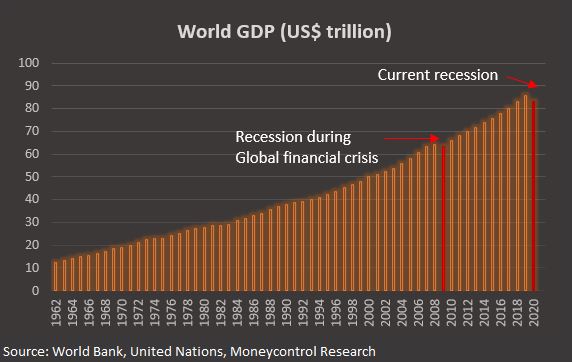Modi seeks 'forgiveness' from India's poor over coronavirus lockdown
MUMBAI (Reuters) - Indian Prime Minister Narendra Modi asked the nation’s poor for forgiveness on Sunday, as the economic and human toll from his 21-day nationwide lockdown deepens and criticism mounts about a lack of adequate planning ahead of the decision.
Modi announced a three week-lockdown on Tuesday to curb the spread of coronavirus. But the decision has stung millions of India’s poor, leaving many hungry and forcing jobless migrant labourers to flee cities and walk hundreds of kilometres to their native villages.
“I would firstly like to seek forgiveness from all my countrymen,” Modi said in a nationwide radio address.
The poor “would definitely be thinking what kind of prime minister is this, who has put us into so much trouble,” he said, urging people to understand there was no other option.
“Steps taken so far… will give India victory over corona,” he added.
The number of confirmed coronavirus cases in India rose to 979 on Sunday, with 25 deaths.
The government announced a $22.6 billion economic stimulus plan on Thursday to provide direct cash transfers and food handouts to India’s poor.
In an opinion piece published on Sunday, Abhijit Banerjee and Esther Duflo - two of the three winners of the Nobel Prize in Economics in 2019 - said even more aid for the poor is needed.
“Without that, the demand crisis will snowball into an economic avalanche, and people will have no choice but to defy orders,” they wrote in the Indian Express.
The lockdown is expected to exacerbate India’s economic woes at a time when growth had already slumped to its lowest pace in six years.
MIGRANT CRISIS
There still appears to be broad support for strong measures to avoid a coronavirus catastrophe in India, a country of some 1.3 billion people where the public health system is poor.
But opposition leaders, analysts and some citizens are increasingly criticizing its implementation. In particular, they say the government appears to have been caught off guard by the mass movement of migrants following the announcement, which threatens to spread the disease into the hinterlands.
“The Gov’t had no contingency plans in place for this exodus,” tweeted opposition politician Rahul Gandhi as images of migrant labourers walking long distances to return home dominated local media.
#ModiMadeDisaster was a top trending topic in India on Sunday on social media site Twitter.
Police said four migrants were killed on Saturday when a truck ran into them in Maharashtra. Also on Saturday, a migrant collapsed and died in Uttar Pradesh, according to a police official.
“We will die of walking and starving before getting killed by corona,” said migrant worker Madhav Raj, 28, as he walked by the road in Uttar Pradesh.
On Sunday, several hundred migrants in the town of Paippad, Kerala, gathered in a square demanding transport back to their hometowns.
The central government has called on states to provide marooned labourers with food and shelter, and Modi’s supporters slammed state governments on Twitter for failing to properly implement the lockdown.
In India’s cities, too, anger was rising.
“We have no food or drink. I am sat down thinking how to feed my family,” said homemaker Amirbee Shaikh Yusuf, 50, in Mumbai’s sprawling Dharavi slum.
“There is nothing good about this lockdown. People are angry, no one is caring for us.”
Following is the spread of the coronavirus in South Asia’s eight nations, according to government figures:
* Pakistan has registered 1,526 cases, including 13 deaths.
* India has registered 979 cases, including 25 deaths.
* Sri Lanka has registered 115 cases, including one death.
* Afghanistan has registered 128 cases, including 3 deaths.
* Bangladesh has registered 48 cases, including 5 deaths.
* Maldives has registered 28 cases and no deaths.
* Nepal has registered 5 cases and no deaths.
* Bhutan has registered 4 cases and no deaths.
https://in.reuters.com/article/heal...-poor-over-coronavirus-lockdown-idINKBN21G0AC










